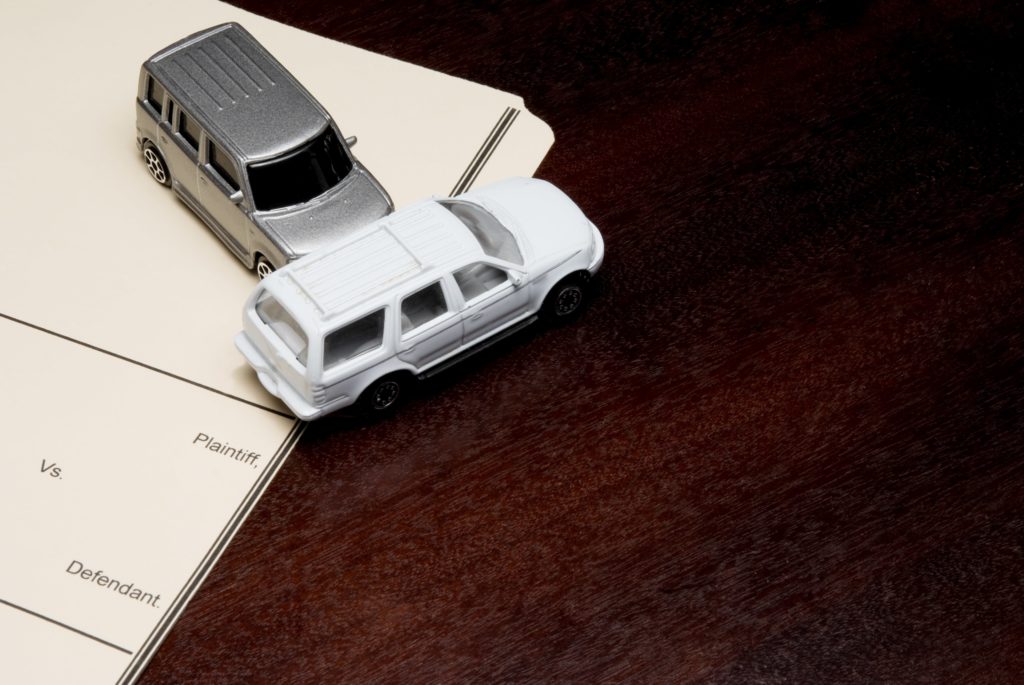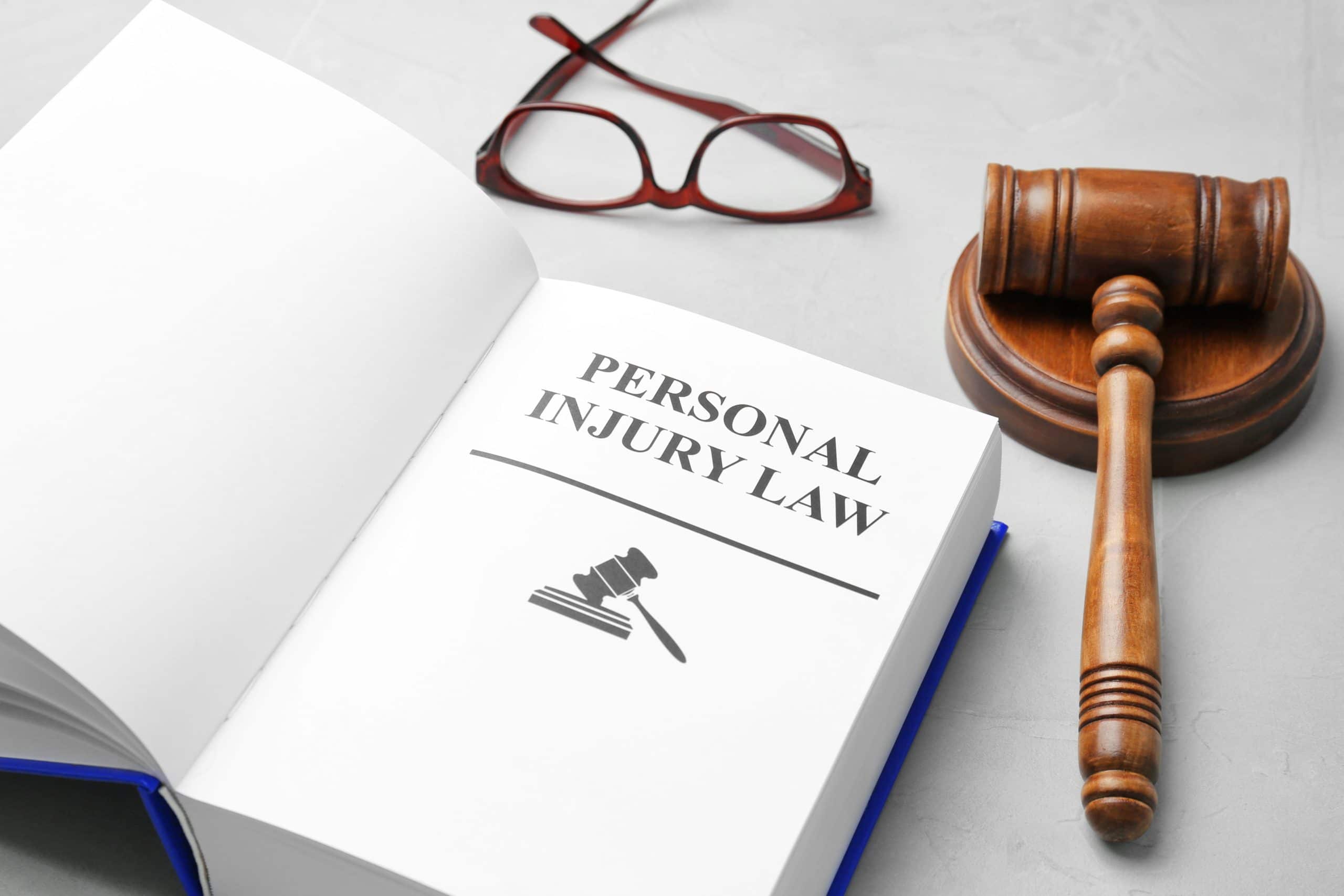Whether you’ve been hurt in a car accident or a slip and fall, you’re probably wondering what happens in a personal injury lawsuit timeline. Although most cases are settled out of court, some will go to trial. A personal injury attorney will advise and represent you every step of the way so that you can focus on recovering from your injuries.
Seek medical attention
Your first priority after an accident is to seek medical attention. You should do this even if you are not in any pain, because some injuries do not cause symptoms until days later. Go to the hospital emergency department immediately or see your doctor as soon as possible. This step is important for two reasons: protecting your health and providing documentation for potential legal action.
The sooner you seek medical attention, the better. If you wait too long, it can become difficult to link your injury with the accident. Your injury could also appear less serious to an insurance company or a court of law. It is also a good idea to take pictures of any scrapes or bruises, as you will need documentation for your claim.
Find a personal injury lawyer
If your case involves more than a minor injury, you will need a personal injury attorney to proceed with a lawsuit. In California, a minor claim is worth less than $5,000 and is usually filed in small claims court. You may be able to represent yourself in small claims court, although it’s not really recommended.
You will definitely need an attorney if your claim involves significant injury — such as a broken bone — and results in high medical bills, missed work days, or disablement. A significant injury brings higher potential compensation, along with a greater chance that the defendant will challenge the claim. An experienced personal injury lawyer knows the ins and outs of personal injury law and can advise you on this.
It is important to consult with an attorney as soon as possible so they can help you decide whether you have a case. Most lawyers offer a free initial consultation and take personal injury cases on a contingency fee basis. That means that the lawyer will receive a percentage of the settlement amount. In other words, you will not have to pay them unless you win your case. However, you may have to pay court costs if you lose your case.
You may want to talk to several attorneys before deciding whom you will hire. Don’t hesitate to ask questions about fees and costs as well as the expected timeframe for your case. Once you have hired an attorney, your claim will move on to the investigation phase.

Investigation of claim
The first thing that your newly hired attorney will do is investigate your claim. They will interview you and ask for information about your case, including a description of the accident, current medical treatment, and your medical history. They will need to see your medical bills and medical records resulting from your injury. Your lawyer will need to know about any preexisting conditions that the opposing side may use as a defense.
Some of the interview questions may seem intrusive, and many of them will require highly detailed answers. That’s because your attorney must have as much information as possible about the accident, your medical condition, and medical expenses.
When your lawyer has the complete facts, they can present an effective case and meet potential challenges. The goal is to prevent surprises, so the best thing you can do at this stage is to provide honest and complete answers.
Once the investigation is complete, your attorney will be able to decide whether you have a winnable case. Before moving on to the next step, they will likely wait until you have reached maximum medical improvement (MMI) or the completion of your medical treatments and recovery. Otherwise, your attorney will not know how much compensation to seek. If you and your lawyer decide to proceed after MMI, the case can move on to the next step.
Demand letter and negotiation
If you have suffered a permanent injury or disability, your attorney may advise taking the case to court. Many personal injury cases, however, reach a settlement out of court, which is much faster than a courtroom trial. A personal injury lawyer will be able to advise you on the advantages of negotiating a settlement.
It can take months or even years to reach a settlement. The process begins when your lawyer sends a demand letter to the other party’s attorney or insurance company. The letter will summarize the facts of your claim, the extent of your injuries, and the compensation amount that you are seeking.
Next, the lawyers for both parties will attempt to negotiate a settlement. If an agreement is reached, both parties, along with their attorneys and insurance representatives, will sign the settlement. You will have to waive any future claims against the defendant regarding this case. If a settlement is reached after a case has already gone to trial, the presiding judge may have to approve the agreement.
On the other hand, the other party may refuse to pay an amount that is acceptable to you. If the settlement talks are unsuccessful, your attorney will likely decide to file a lawsuit.
Lawyer files lawsuit on your behalf
A lawsuit is not always pleasant, but it may be the only way to get the compensation you are seeking. States require lawsuits to be filed within a certain amount of time after an accident. In California, for example, you must file within two years after the accident.
Your attorney will file a complaint with the court and request a summons. Once your lawsuit is filed, the court will refer to you as the plaintiff and the other side as the defendant. The defendant has 30 days to file a response. They may also file a counterclaim or motion to dismiss. If they do not file a response, your attorney will ask the court to file a default against the defendant.
If the defendant files a response, the lawsuit will proceed. Personal injury cases often take up to two years to get to trial. Meanwhile, your attorney will begin the next stage, known as discovery.
Discovery
During the discovery phase, attorneys for both sides share information on their clients’ legal claims or defenses. This process can take several months to a year and can include the following:
- Interrogatories
- Requests for production
- Requests for admissions
- Depositions
Interrogatories
The parties will send questions, known as interrogatories, asking for biographical facts as well as information about the incident. For example, your attorney may ask if the defendant had been texting while driving at the time of the accident.
Requests for production
The attorneys will also send requests for production, asking for documents that are important to the case. These usually include medical bills, medical records, car repair bills, and other relevant information.
Requests for admissions
Each attorney can request that the other side admit to certain obvious facts about the case. Examples include the date and time of the incident or the weather at the time of the incident. This step saves time and avoids unnecessary questioning during the trial.
Depositions
Both parties and witnesses testify under oath while a court reporter makes a transcript. The questions usually aim to get more detailed information from the interrogatories. Your attorney will help you anticipate and prepare to answer questions that the other side is likely to ask.
Mediation and settlement
After the discovery phase, the case will once again enter negotiations for a settlement. Sometimes, the pressure of an impending lawsuit will be enough incentive for a settlement. The lawyers will attempt to reach a settlement on their own. But if negotiations stall, the parties will enter mediation.
A professional mediator does not make decisions but can provide unbiased guidance toward a settlement. Both parties must approve the mediator. The first step is for both parties and their attorneys to meet together with the mediator. An insurance adjuster is usually present as well. Each attorney will make a statement on behalf of their client.
Next, the parties meet separately with the mediator, who acts as a go-between until the parties reach an agreement. A successful settlement will bring the case to a conclusion. If the negotiations fail, the case will go to trial.
Case goes to trial
A trial can be as brief as one day or as long as several weeks or more. Sometimes, a conflict in the judge’s schedule will force the trial to start later than the original date. Don’t worry if there is a delay, as they are quite common and are not an indication that anything is wrong.
Trials have their own timeline, consisting of seven stages:
- Jury selection
- Opening statements
- Plaintiff presents evidence
- Defendant presents evidence
- Closing arguments
- Jury deliberation
- Jury verdict and award of damages

Jury selection
Lawyers from both sides ask potential jurors a series of questions. Known as coir dire, this process helps ensure that jurors will reach a fair and impartial verdict. Once the jurors are selected, the trial can begin.
Opening statements
Each side’s attorney makes a statement stating the facts of the case and presenting a preview of the evidence that the jury will hear. The plaintiff’s attorney goes first, followed by the defense. The opening statements prepare the jury for the next step — presentation of evidence and witness testimony.
Plaintiff presents evidence
The plaintiff’s attorney presents evidence by questioning witnesses. For example, a bystander who witnessed a car accident would be called to testify about what they saw. The plaintiff’s doctor could testify regarding the plaintiff’s injuries, treatments, and prognosis. The defendant’s attorney has an opportunity to cross-examine each witness.
The plaintiff’s attorney concludes or “rests” after presenting all of their evidence.
Defendant presents evidence
Now the defendant’s attorney presents evidence that is favorable to the defendant. For example, a witness to an accident may recall details that contradict the testimony of a plaintiff’s witness. After the defense rests, it is time for closing arguments.
Closing arguments
Each side presents a closing argument, with the plaintiff’s attorney going first. The attorneys will review the evidence that the jurors have heard and try to persuade the jury to reach a favorable verdict.
Jury deliberation
After closing arguments, the judge will instruct the jury and send them to a separate room for deliberation. Only the jurors are allowed in the deliberation room. The jurors will review the evidence to reach a verdict. Jury deliberations can last for an hour or for days, depending on the complexity of the evidence.
Jury verdict and award of damages
The jury will send word to the judge once they have reached a verdict. The judge calls the jurors, the parties, and the lawyers back to the courtroom, where the verdict is read. If the verdict favors the plaintiff, the jury awards damages to the plaintiff. You may receive two types of damages if you win the case as a plaintiff: compensatory and punitive.
Compensatory damages
Compensatory damages pay for your losses from the accident, such as medical bills, car repairs, lost wages from missing work, and pain and suffering. This is the most common type of compensation in a personal injury lawsuit.
Punitive damages
Punitive damages are awarded in addition to compensatory damages if the jury finds that the defendant’s actions were particularly egregious. In other words, the jury awards this type of damages as a punishment for intentional harm or extreme recklessness. California’s civil code section 3294 states that punitive or exemplary damages may be awarded if the defendant acted with malice, fraud, or oppression.
Contact Us
An accidental injury can leave you feeling vulnerable and overwhelmed. At Quirk Reed LLP, our skilled and experienced attorneys will deal with the other side’s lawyers and insurance companies. If you’ve been injured, contact us for a free consultation.

